Which are the best millet flour substitute? Find out here the best substitutes for millet and use them in your healthy daily meals. Check!
Millet is a staple grain that is popular in Asia and Africa. It is a trendy grain for the food chain of human beings, but it is widely used as birdseed in the USA. It is healthy grain because it does not contain any gluten, and it does not contain a lot of protein and fiber-like some other types of grains.
It is a trendy green because of its level of antioxidants. Flour is a staple ingredient for everyone, and there are many different types of flours available in the market.
You always make the proper substitute for creating flavourful recipes for yourself and your loved ones during cooking.
This article will discuss the best millet flour substitute.
Best Millet Flour Substitute
Take a look at the best millet flour substitute options available in the market to choose from below.
1. Bulgur
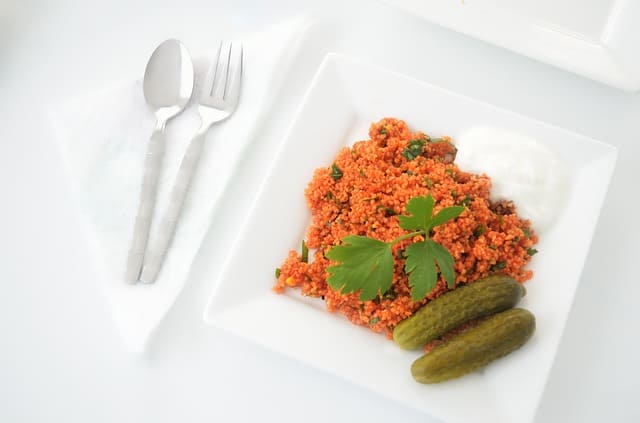
Bulgur is a nutty-flavored flour. If you have ever tried cooking with it, you might notice popcorn’s aroma in your kitchen. It is made by using wheat groats that have been parboiled, dried, and ground into a powder. Bulgur flour is also made from durum wheat.
Most of the time, it has a very chewy texture, but it sometimes differs if some other type of grain is used to make it. If you are looking forward to making porridge or a pudding, then find medium grains will be the perfect option for you in this regard.
Bulgur is also perfect for Portuguese because it provides a thick and chewy texture for cooking thick stews and soups.
2. Sorghum
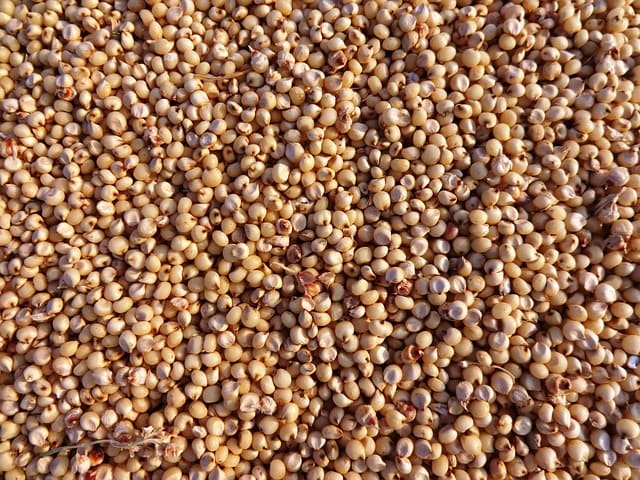
Sorghum is a widely used grain for cooking and is very popular for feeding livestock in the United States. It also has a nutty flavor, but it is not as apparent as bulgur flour. It has a taste similar to wheat berries, perfect for cooking soup.
It has more flavor and is not blind like most other types. Some people like to use it as a base grain for their salads for adding extra protein content and fiber to their diet.
3. Quinoa
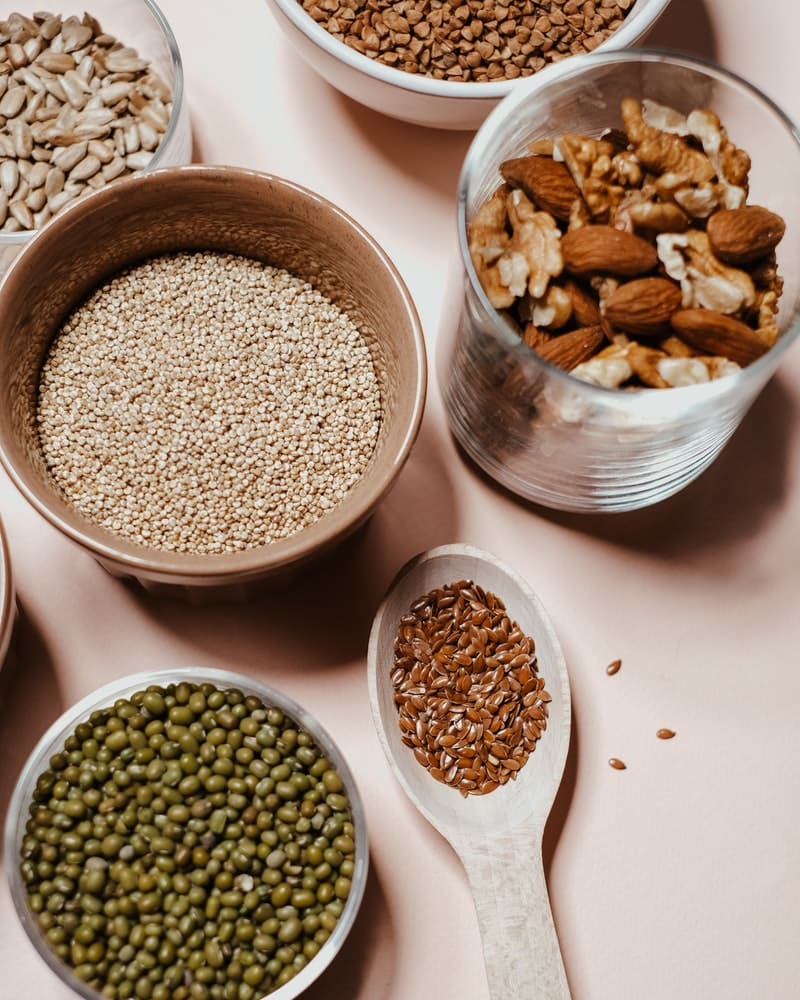
Innova is a very popular gluten-free whole grain popular among people who like a healthy lifestyle. It is mild in flavor and has a very crunchy texture which is excellent for healthy recipes because the texture is always welcome.
You can add this to anything, including your salad bowls or brother parties, to add more protein content to your diet. It is one of the best millet flour substitutes you can find on the market. And the best part is that it cooks in less amount of time as compared to millet flour and only takes 15 minutes.
4. Barley
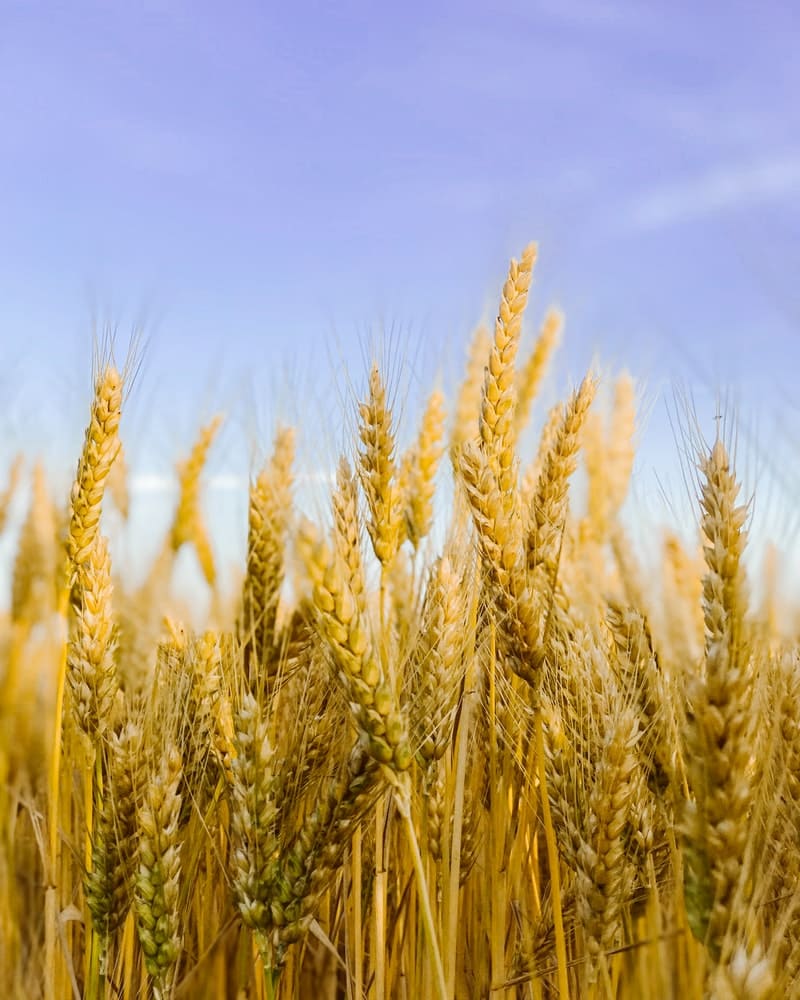
Barley is another popular grain that is harvested all around the world. It is the best millet flour substitute, and it is trendy for adding in salads and different types of soups. This flour also has a nutty flavor and a great, chewy texture for casseroles.
If you want to replace millet flour in your following recipe, you can easily do that by using pearl barley because you don’t need to pre-soak it. It will save you a lot of time because you are using a substitute to save time.
5. Rice
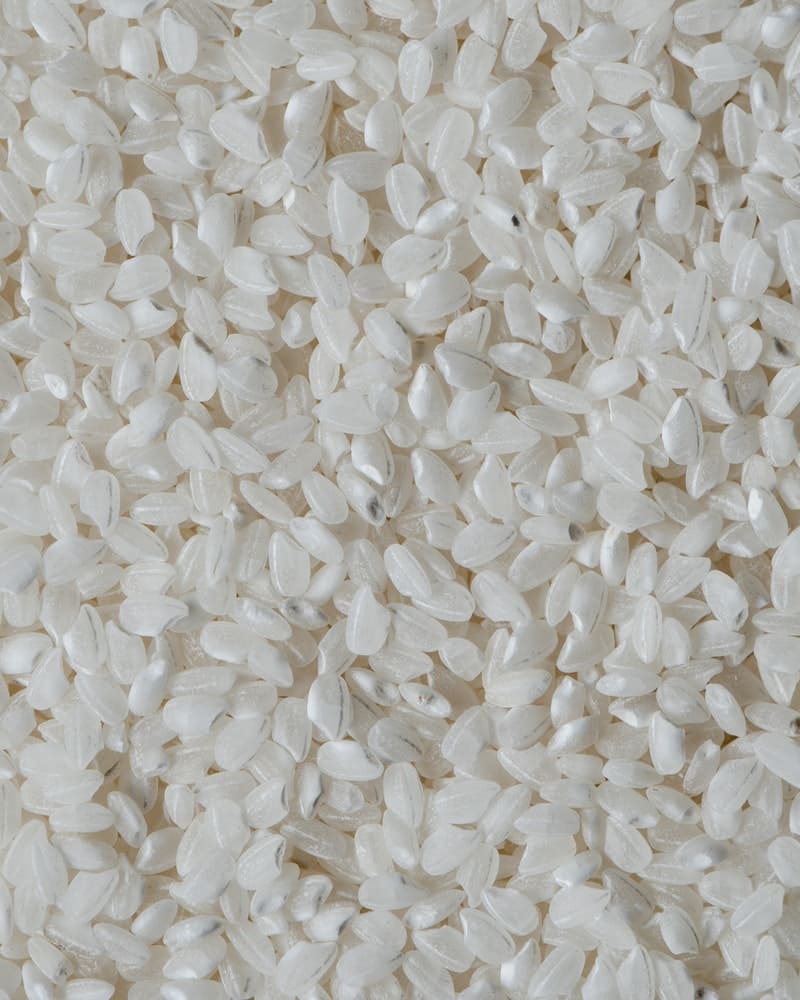
Rice is the most popular grain worldwide, and it has a mild flavor and texture. It is the best substitute for replacing flour in any recipe possible. It is the best choice you can make to create tasty and savory dishes.
It is a healthy option and saves time while cooking because rice cooks instantly. If you are looking for a healthy option, you should go for brown rice because they are less processor than white rice. In addition, Brown rice is a better option because it contains more fiber and is the best millet flour substitute.
6. Amaranth
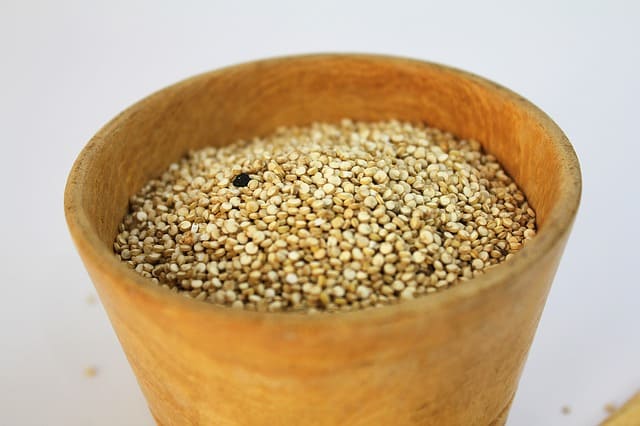
Amaranth is not only an excellent source of protein but is also a gluten-free ingredient that you can use as the best millet flour substitute. It is prevalent in China and South America as well. It is a grain, but it resembles the shape of a tiny sesame seed.
It has a taste similar to a sesame seed because it has a native flavor. If you enjoy crunchy grains, you will love this once it is cooked and in front of you in a flavourful recipe. Unfortunately, it is not one of the best millet flour substitutes you can find.
7. Wheat Flour
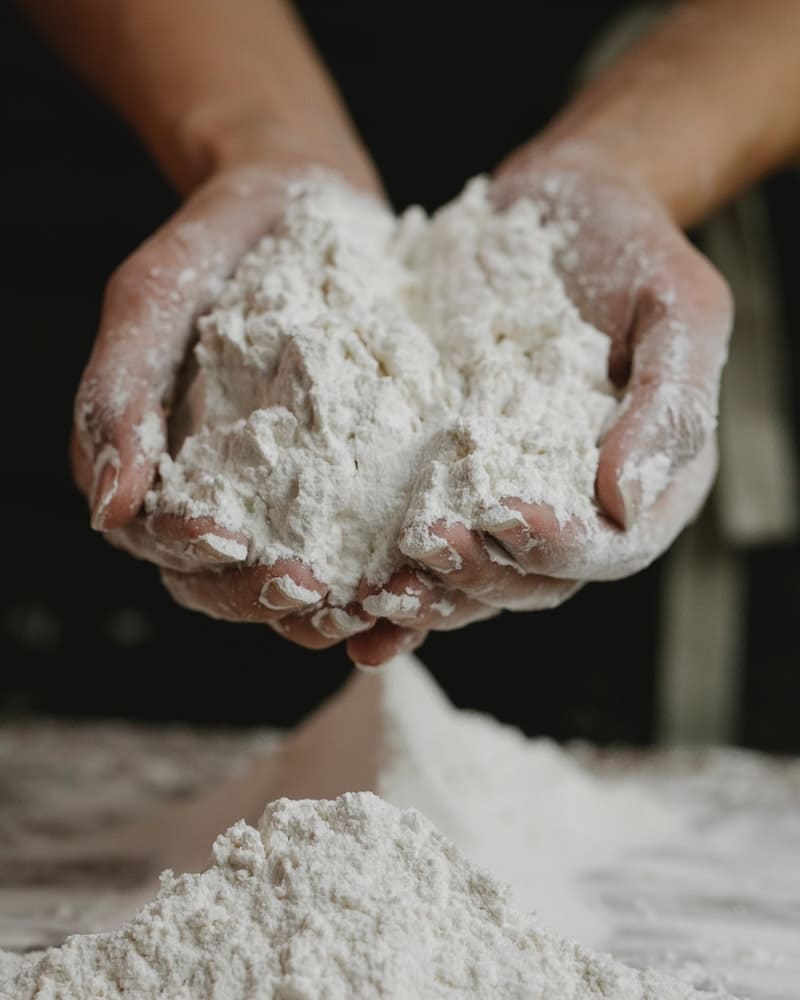
Wheat flour is the best substitute for millet flour because it is the best alternative for people looking for a rich flavor. Unfortunately, millet flour does not have a rich taste. Therefore, many people do not enjoy eating it because it does not contribute any flavourful value to the recipe.
If you are looking for more earthy notes in your recipe and want to bring a nutty flavor, it will be the perfect rain for you. On the other hand, if you are looking forward to making a fantastic slow-cooked African dish, it is the perfect grain you can use. It only takes 10 minutes to cook properly, and you are good to go!
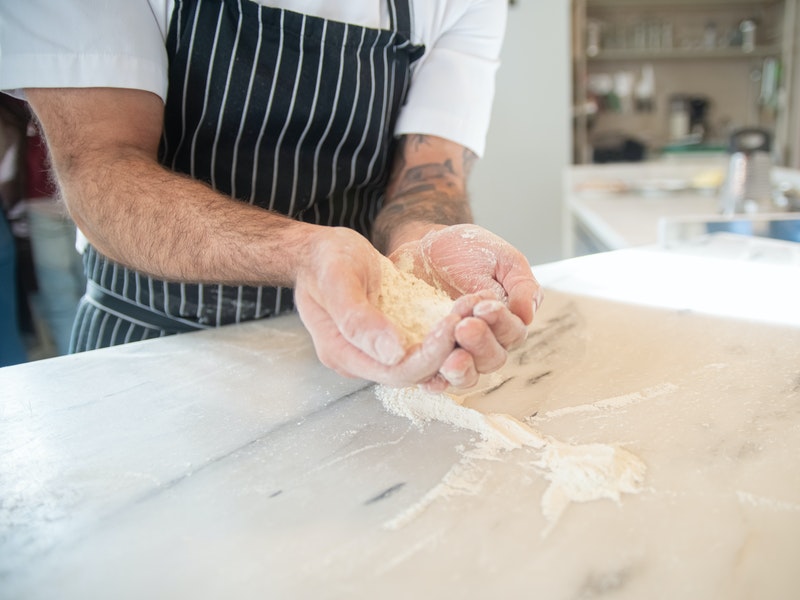
Millet Flour Substitute
Ingredients
- Bulgur
- Sorghum
- Quinoa
- Barley
- Rice
- Amaranth
- Wheat Flour
Instructions
- Choose your preferred replacement from the list
- Add substitute to your recipe
- Make your own delicious recipe
FAQs
But it is still an excellent choice to combine with some other type of flour for a better flavor. You should combine it with some other type of flour if you plan to bake something like bread or cake.
Yes. Indeed, millet flour and sorghum flour are not the same. The main difference is that millet refers to the grains derived from the panicum plant.
On the other hand, sorghum refers to the grains derived from the sorghum bicolor. But the same thing about both of them is that they are cereal grains. In addition, both of these grains are gluten-free and very popular in warmer areas of the world.
Many gluten-free options are a substitute for millet flour. These substitutes include quinoa. You can purchase millet flour from any market near you that sells healthy ingredients for cooking and baking. It is a trendy ingredient famous in vegan stores. You can easily find them from an Asian local grocery store.
There are many substitutes available for millet flour in the market. Millet flour is used commonly in Asia and Africa for many different recipes. People even like to use it to add extra protein content to their salads.
But the thing about millet flour is that it takes a lot of time to cook, which can be very annoying for impatient people who want quick recipes on the run.
Suppose you are one of those people, then you can easily find the best millet flour substitutes in the market and replace them with them. The best millet flour substitutes include quinoa, barley, and sorghum.
Yes. It is possible to make your millet flour easily at home, and you do not even need a lot of ingredients and equipment for that. All you need to do to create your millet flour at home is to grind your millet flour from a millet seed in a blender.
If you do not have a Blender at home, you can also use the coffee grinder to provide the same result. You can also purchase a seed that is already crowned into powder, and then you can start using it. Make sure that you use it quickly; otherwise, it will go rancid.
Millet flour is a widespread type of flour available in the market, and it is prevalent in Asia and Africa. It is used in many different recipes, such as salads and soups. It has a high antioxidant and protein content which means that you can add it to as many things as you want, including burger patties, for an additional healthy diet.
Conclusion
Millet flour is a beneficial ingredient in the kitchen. It is famous as well as many different countries around the world. You can make a healthy choice, but cooking is all about doing with what is already available in your kitchen.
If you cannot get your hand on millet flour for some reason, then there is nothing to worry about! You can always replace it with something already available in your kitchen. It will make your life a lot easier. It will give you confidence that you can cook with what you have!
If you do not have millet grain, you can substitute it with barley, brown rice, quinoa, and bulgur.
Happy Cooking!
Maybe you’d like to read:

Welcome to my food site, RecipesAndPanty.com. I am a man who enjoys creating recipes and researching everything about food. This blog is dedicated to my grandmother because she gave me a taste for cooking.